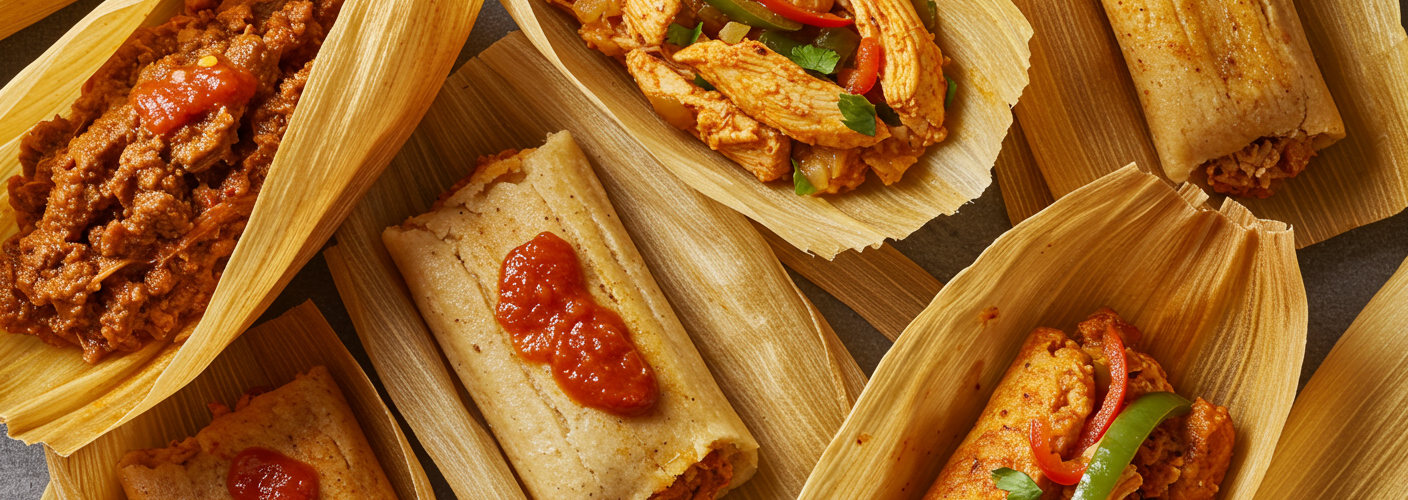Tamales are a cherished delicacy in many cultures, particularly across Latin America and the southern United States. These delightful parcels are made by steaming a mixture of masa (corn dough) filled with a variety of delicious ingredients, all wrapped securely in a corn husk. The process of crafting tamales combines art, tradition, and a touch of love, making them not just a meal but an experience worth savoring.
The History of Tamales
The origins of tamales date back thousands of years to ancient civilizations such as the Aztecs and the Mayans. They were practical, portable meals that warriors and travelers could easily carry. Made with basic ingredients found in the region, tamales were filled with whatever was available, including meats, vegetables, and spices. Today, they continue to be a staple in festive celebrations, family gatherings, and street food culture, reminding us of our shared culinary heritage.
The Art of Making Tamales
Creating tamales is a labor of love that often brings families together. The process begins with preparing the masa, which is made by grinding nixtamalized corn and mixing it with water and sometimes lard, resulting in a smooth, pliable dough. The masa serves as the foundation for the tamale, but the true magic lies in the fillings.
Fillings for tamales can vary immensely, ranging from savory to sweet. Classic fillings often include shredded pork, beef, or chicken, typically seasoned with a blend of spices, such as cumin, chili powder, and garlic. Vegetarian options are also popular, featuring ingredients like cheese, potatoes, or a medley of vegetables. For those with a sweet tooth, sweet tamales made with cinnamon, chocolate, or fruits, like pineapple or raisins, offer a delightful twist.
Once the masa is prepared and the filling is chosen, the assembly process begins. A corn husk is soaked in hot water to soften it, then a small amount of masa is spread onto the husk, topped with filling, and wrapped tightly before being tied off with a strip of husk or kitchen twine. The tamales are then placed upright in a steamer or pot, where they are cooked until the masa is firm and the flavors meld beautifully.
Enjoying Tamales
Tamales are best enjoyed fresh, straight out of the steamer. They can be served with a variety of salsas or sauces to enhance their flavor. Common accompaniments include salsa verde, pico de gallo, or guacamole. For a truly authentic experience, pair your tamales with a side of rice and beans, allowing the robust flavors to complement each other perfectly.
Tamales are particularly popular during festive occasions like Christmas, Día de los Muertos, or family reunions. Preparing tamales can even become a family tradition, with multiple generations coming together to share recipes, laughter, and cherished memories.
Conclusion
Whether you’re enjoying them at a busy street vendor, a family gathering, or preparing them in your own kitchen, tamales represent more than just a meal; they embody culture, community, and tradition. Their rich history and diverse flavors make them a beloved food that transcends boundaries and brings people together. So next time you savor a tamale, take a moment to appreciate the craft, culture, and joy that encapsulates this delightful dish.




Add comment